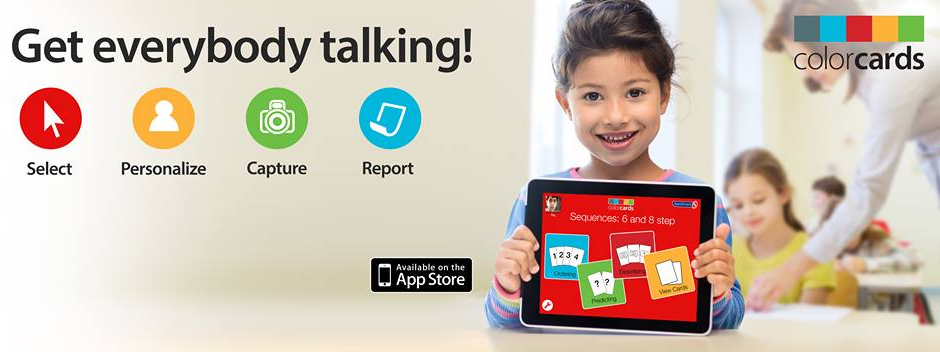 |
Clinicians
and carers working with people with dementia would be familiar with approaches
such as reminiscence therapy, but may be less au fait with the use of creative
storytelling.
The creative
storytelling approaches used encourage people with dementia to tell stories
based on a picture or photo. One of the
important aspects of this technique, is that there is no “right or wrong”.
Indeed this method allows and welcomes storytelling of all types – including
made up stories.
The benefits
that clinicians using this approach noted included:
- An opportunity for people with dementia to engage in conversation
- An opportunity for verbal expression not bound by “rules”
- Individuals were observed to have increased confidence, quality of life and positively altered behavior
The
TimeSlips approach by Basting is a more structured format. Researchers
from the University of Missouri found that participation in the TimeSlips
storytelling programme improved communication between patients with Alzheimer’s
Disease and had a generally positive effect on patients.
Working in 20 care homes, researchers studied the effect
of storytelling among residents with Alzheimers. Using a method developed by
the TimeSlips Creative Storytelling Project, residents were encouraged to tell
stories inspired by photographs. Working as a group, patients created a
narrative inspired by the picture. The method replaces the pressure to remember
with encouragement to imagine.
In examples
where it was used in care homes, the whole community was reported to
benefit. Read more about one particular
study here https://s3.amazonaws.com/assets.timeslips.org/cms/files/46/files/original/I'm_a_Storyteller!_.pdf
Two of the
ColorCards apps lend themselves nicely to this approach – Everyday Objects and
What Can You See? Using either or both apps, you can quickly create picture and
photo based stimuli to make your own storytelling aids. Consider using personal photos of the
individuals in the care home; images that provoke discussion or images from a
particular time in that person’s history.
The iPad
apps can be easily projected onto a larger screen using an HDMI cable and
connector to the TV; Apple TV (http://www.apple.com/uk/tv/?afid=p238%7CsB9pCor4O-dc_mtid_187079nc38483_pcrid_85504187533_&cid=aos-uk-kwg-btb-slid-) or via Reflector app (http://www.airsquirrels.com/reflector/).
This makes it a great point of focus for group based activities in care
homes or day centres. Clinicians or carers can facilitate the storytelling
using the images as the discussion point for the group members.

No comments:
Post a Comment